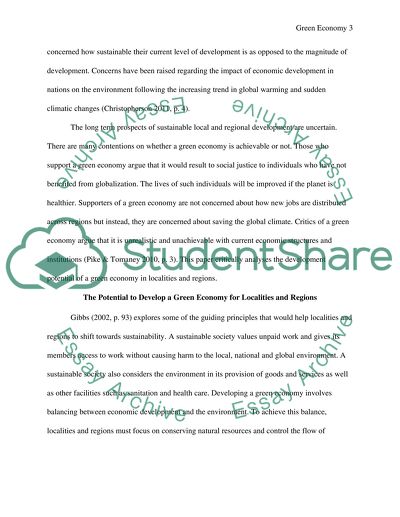Cite this document
(“Critically Assess the Development Potential of the 'Green Economy' For Essay”, n.d.)
Retrieved from https://studentshare.org/environmental-studies/1396711-critically-assess-the-development-potential-of-the-green-economy-for-localities-and-regions
Retrieved from https://studentshare.org/environmental-studies/1396711-critically-assess-the-development-potential-of-the-green-economy-for-localities-and-regions
(Critically Assess the Development Potential of the 'Green Economy' For Essay)
https://studentshare.org/environmental-studies/1396711-critically-assess-the-development-potential-of-the-green-economy-for-localities-and-regions.
https://studentshare.org/environmental-studies/1396711-critically-assess-the-development-potential-of-the-green-economy-for-localities-and-regions.
“Critically Assess the Development Potential of the 'Green Economy' For Essay”, n.d. https://studentshare.org/environmental-studies/1396711-critically-assess-the-development-potential-of-the-green-economy-for-localities-and-regions.


